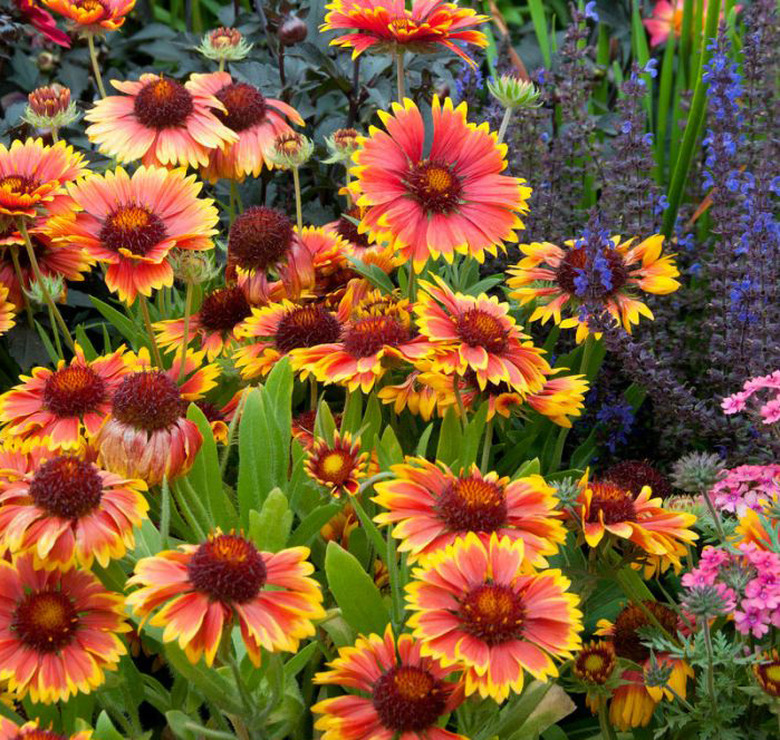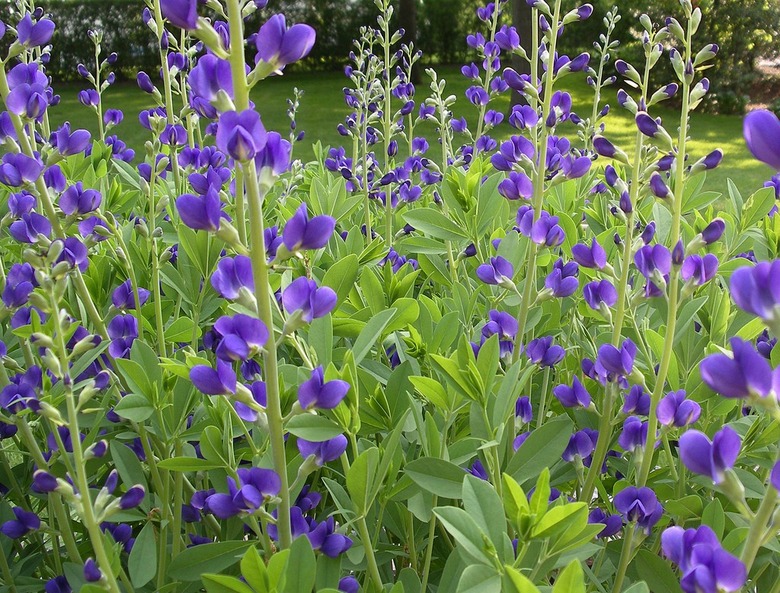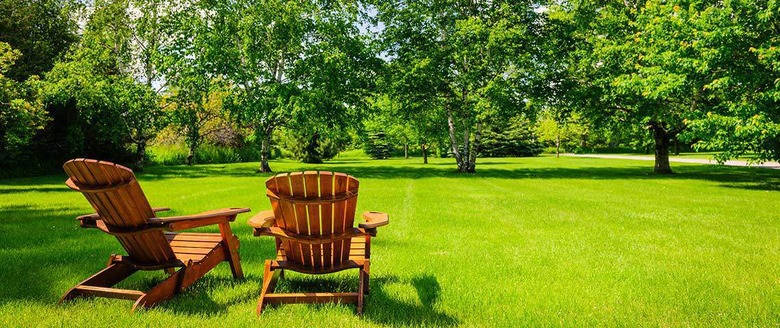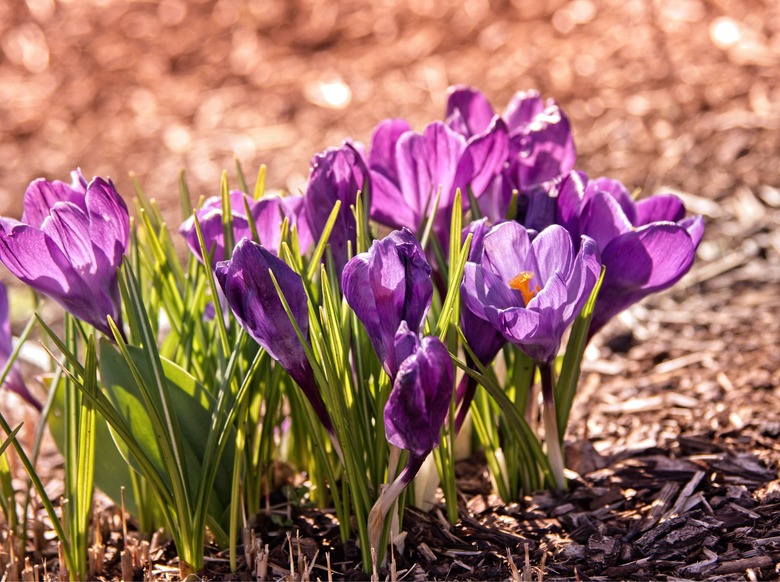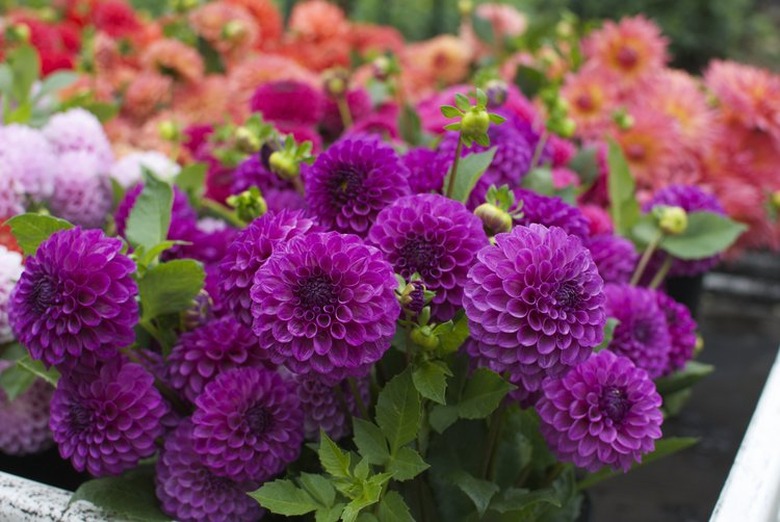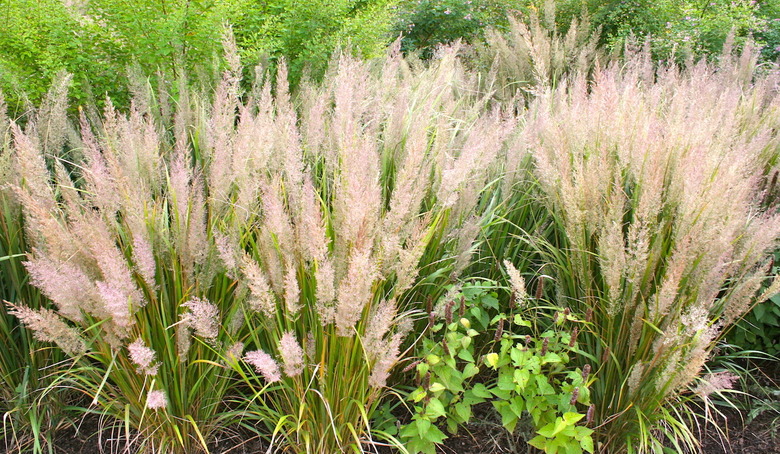Landscaping Solutions For Sunny, Dry Areas Of Your Yard
If you live in a hot, dry, sunny region, it makes good sense to choose plants for your garden that thrive in those conditions. Those are the varieties that will do the best and require the least amount of attention and resources. But even if your climate is not predominantly hot and dry, you may still have areas on your property that are consistently warmer and dryer than the rest of your land. Such areas are known as microclimates.
How Microclimates Happen
How Microclimates Happen
Many factors can contribute to the production of a microclimate, including:
- Whether or not the area is on a slope and the directional orientation of that slope. Rain water or irrigation water flows off slopes quite quickly, which often makes these areas relatively dry, regardeless of how much rain falls. And a southern-facing exposure of a slope can exaggerate this condition.
- The elevation of an area. High, exposed areas are typically
- The site's proximity to bodies of water or to reflective surfaces. Bodies of water may create a moister, cooler microclimate, while reflective surfaces, such as bank of windows or a wall of steel siding, can make the garden site very hot and dry.
- The area's exposure to prevailing wind. Sheltered areas tend to hold moisture better, while exposed areas will dry out faster and may be especially hot.
While there's little you can do to affect your regional climate, there are actions you can take to modify and accommodate to the effects of a microclimate in your landscape.
The landscaping problems presented by an especially sunny and dry microclimate and also your possible response will depend on where the hot, arid plot occurs and how you wish to use that part of your property. Soil at the base of the south side of a building or solid wall is likely to be one of the warmest spots in your landscape because it receives the greatest amount of sun exposure, and in addition it's backed by a surface that reflects light and heat outwards. Because of this extra heat and perhaps a rain shadow cast by the structure, this area is likely to be dryer than the rest of your property. That suggests that any plantings chosen for this area should be sun -oving and drought-tolerant species.
Counteracting a Hot and Dry Microclimate
Counteracting a Hot and Dry Microclimate
You don't have to passively accept the effects of a microclimate. You can take measures to modify the microclimate by making it cooler and more moisture retentive. The obvious remedy to an overly sunny garden bed is a well-placed tree that offers some dappled shade, especially during the hottest part of the afternoon. Thickly mulching the ground around the plants will help the soil retain moisture, as will closely spaced plantings that shelter the soil from exposure to the sun. Of course, trees take years to mature, so you may need to plan a gradual transition in your choice of plants as the shade relief develops.
Wind Makes a Sunny Garden Dryer
Wind Makes a Sunny Garden Dryer
A freestanding garden—one that stands apart from any structure—can also experience a sunny and dry microclimate. Although reflected and radiated warmth may not be a factor, the freestanding garden is less protected from moisture-sapping prevailing winds, and if the garden is on an elevation or on a south-facing slope, it can receive more than its share of sun. Once again, sun-loving plants are an appropriate choice and once again the addition of a shade tree or two will eventually mitigate the extremes of the microclimate. If winds are causing the soil to dry out too quickly, consider adding a windbreak on the windward side. While a solid wall or fence can serve to break the wind, it also adds a heat-reflective surface. A hedge of drought-tolerant bushes or shrubs, on the other hand, will interrupt and diffuse soil-drying wind without adding to the accumulated warmth.
Tip
When a garden is located on a sharp slope, the effects of water runoff can contribute to the soil's dryness. Terracing the garden beds to provide level tiers that will better retain moisture can be an effective strategy.
Sunny and Dry Patches of Lawn
Sunny and Dry Patches of Lawn
Not every microclimate in the landscape holds a garden plot ,but an area of exceptional dryness and warmth can also adversely affect the vitality and uniformity of ordinary lawn. Perhaps you have a problem swath of grass that parches more quickly than the rest. It seems intuitive that the solution to a dry patch of lawn would be to water it more ,but this can actually contribute to the lawn's vulnerability to heat and drought. Watering each day causes grass to put down shallow root systems. It's better to water less often—no more than once a week—and water more deeply to encourage deeper, more robust root growth.
As with sunny, dry garden plots, you can also respond by top-seeding in those areas of the lawnwith more drought-tolerant varieties or cultivars of grass seed, letting the hardier strains gradually replace the susceptible ones. Taking steps to minimize foot traffic while those portions of lawn are stressed can also be helpful.
Put Your Microclimate to Work
Put Your Microclimate to Work
Since flowering plants generally require plenty of sun to reach their full bloom potential, a garden spot with an abundance of sunlight presents an opportunity to make the most of your region's drought-tolerant flowers. You can get advice on suitable selections from local garden centers and horticultural societies. In cooler climates, gardeners can take advantage of known warm microclimates to get the earliest blooms from spring-flowering plants such as crocus, daffodils and snowdrops. Their blooming will be finished before the summer heat sets in.
Popular Flower Choices for a Sunny, Dry Garden
Popular Flower Choices for a Sunny, Dry Garden
While the optimal selection of sun-loving plants will vary from zone to zone, here is a general list of plants considered good choices for a sunny, dry garden:
- Gaillardia (blanket flowers)
- Dianthus (pinks)
- Salvia
- Poppies
- Speedwell (veronica)
- Osteospermum (African daisies)
- Verbascum (mullein)
- Dahlias
- Alliums (ornamental onion)
- Lilies
- Antirrhinum (snapdragons)
- Sweet peas
- Clematis
- Sedums (stonecrop)
- Clematis
- Baptisia (false Indigo)
- Echinops (globe thistle)
- Asclepias (butterfly weed)
- If your regional climate allows it, desert-loving plants such as cactus, yucca, and agave are obvious choices for a particularly hot and dry garden spot.
- Herbs, especially those that thrive in the Mediterranean, such as rosemary, sage, lavender and thyme, will do well in a sunny and dry microclimate.
- Many ornamental grasses require full sun and tolerate dry soil. Varieties suitable for your region can provide a striking background to your flowering plants.
That exceptionally sunny, warm and dry patch in your landscape need not be seen as a problem area; it can also represent an opportunity. In a cool climate, for example, that may be the place where you can push your zone limits. The key is to understand the difference and its advantages of dry, sunny areaas, then to plant it appropriately.
